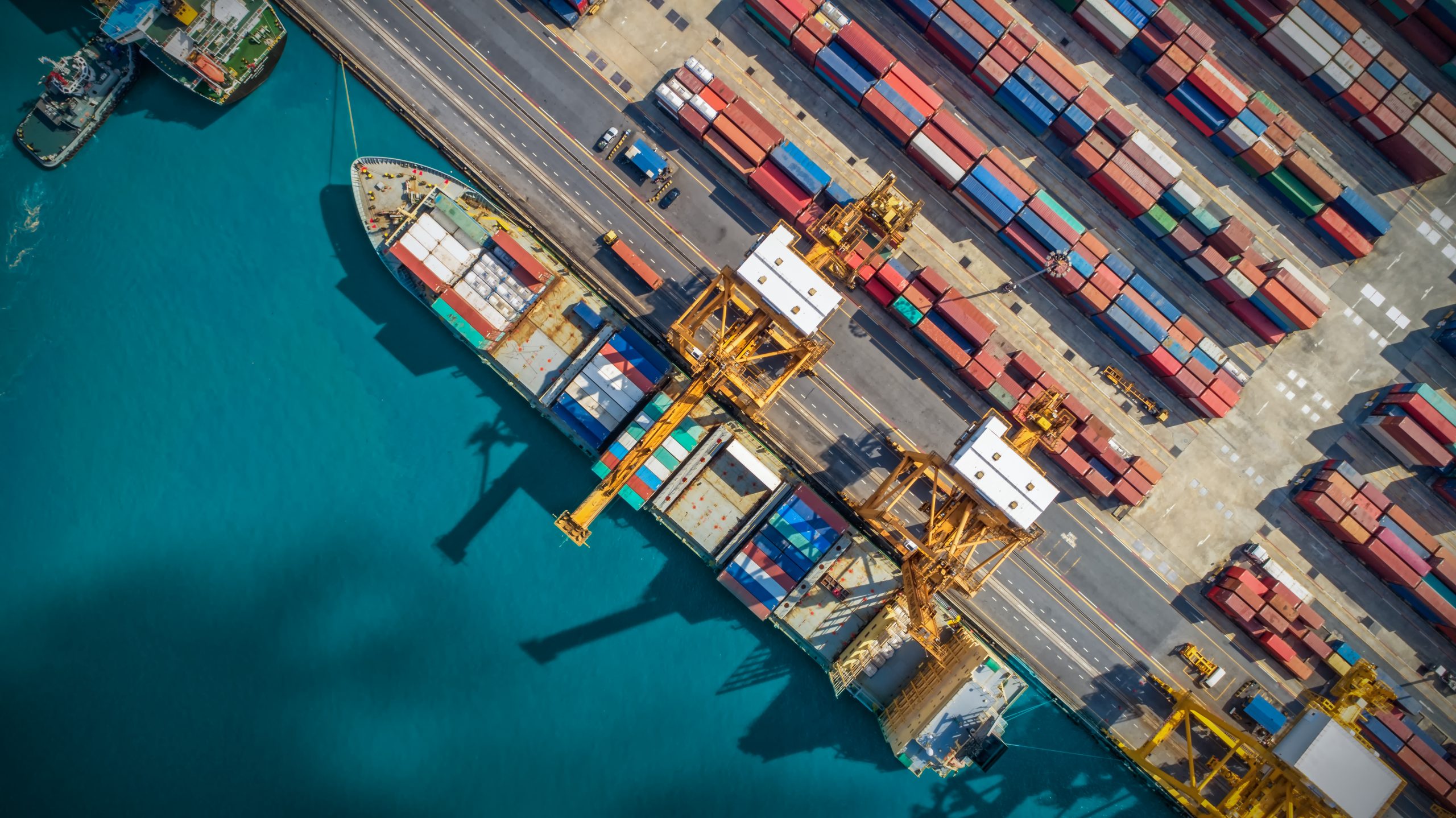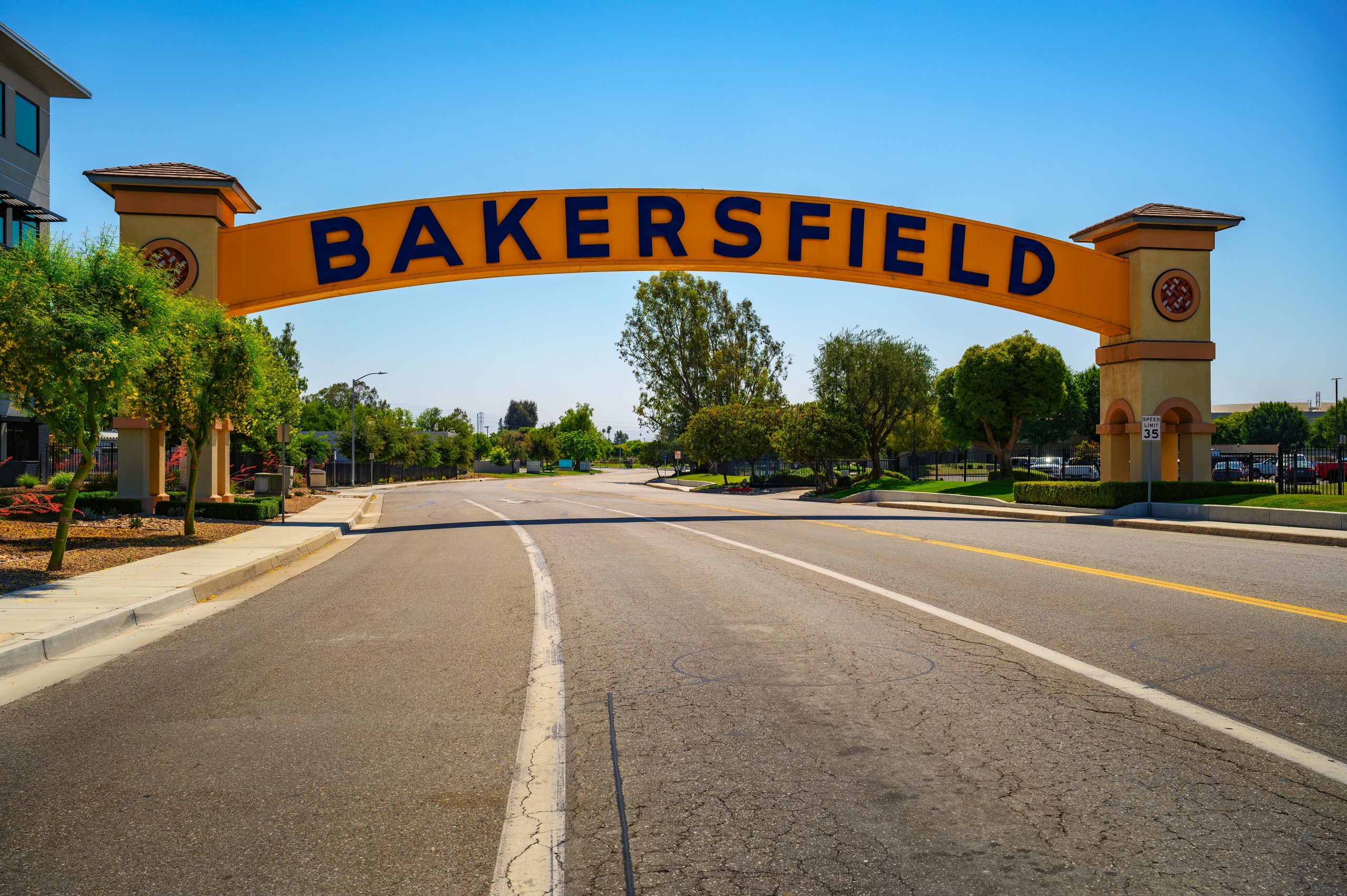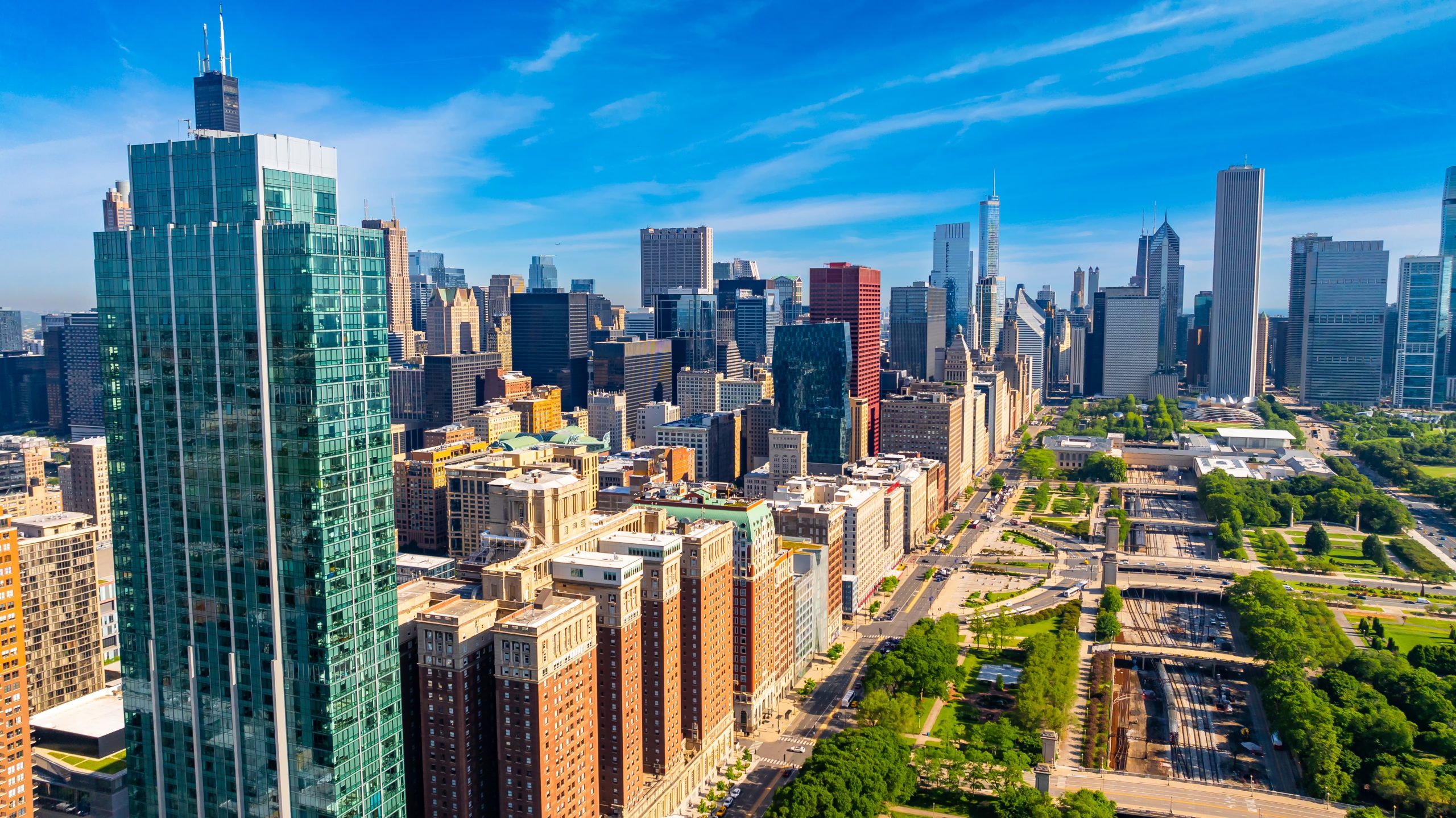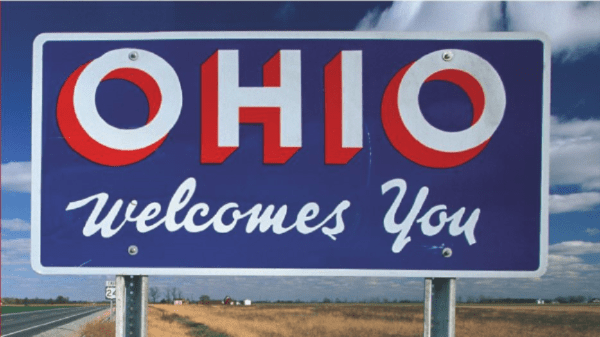Welcome to Blue Book!
Are you ready to join the thousands of companies who rely on Blue Book to drive smarter decisions? View our plans and get started today!
Still have questions? We’d love to show you what Blue Book can do for you. Drop us a line– we’ve been waiting for you.

In this article
While the pandemic has largely been relegated to the history books, recent skirmishes in the Red Sea have overwhelmed some ports in a manner reminiscent of those times, albeit in a more muted way.
The pandemic upended global trade and caused freight rates to spike while ships and containers piled up at ports, which meant consumers could not access certain goods. This led to supply chain issues and inflation.
Paul Mahoney, CEO of Montreal, QC-based F.P.D. East Inc. BB #:169702, an importer of fruit (mainly citrus, apples, and pears) confirms the soaring rates for shipping a few years ago. “The cost (during the pandemic) just went through the roof,” he recalls.
But in the ensuing years, he says most costs have returned to reasonable levels. Once ocean freight, the most significant component of the cost structure, finally came down, “Then business came back pretty much to normal,” notes Mahoney.
While the world has moved past such issues, inflation and tariff wars are having a greater impact on global trade.
Crowded Ports
Passing through the Red Sea to the Suez Canal is vital for global trade. Passing through the canal shortens the distance for ships headed from Asia to Europe, and to the East Coast of the United States.
The danger (attacks have sunk at least two ships) has pushed ships to avoid the route and take a longer roundabout path around the Cape of Good Hope in Africa.
The Suez Canal is the shortest shipping lane between Asia and Europe and typically about 15 percent of maritime trade volume goes through this route. In the first two months of 2024, trade volume was down 50 percent from 2023 according to the International Monetary Fund.
Rerouting ships through the Cape of Good Hope adds at least 10 days; on the Singapore to Rotterdam route, for example, crossing the Suez Canal makes for a 26-day trip with a distance of about 8,500 nautical miles.
For the same trip, circumnavigating the Cape of Good Hope means an extended 36-day trip and a distance of about 11,800 nautical miles—adding as much as two weeks to travel time.
“They have some infrastructure problems in all three ports—they just can’t handle the produce fast enough.”
The Cape of Good Hope route is also prone to rough weather, which means ships may use more fuel and require refueling services.
It’s not surprising the rerouting has caused shipping rates to spike for some products. According to Xeneta, which analyses cargo rates, as of mid-year it cost about $7,000 to ship a 40-foot container from China to Europe, compared to a previous average of about $1,200.
The hike is still below the $15,000 rate reached at the height of pandemic but has quintupled from rates in prepandemic years. Costs for shipping across the Pacific (for instance, from Shanghai to Los Angeles) have also multiplied.
Carriers were also focusing on the most profitable routes, such as from Shanghai to the busiest port in Europe, Rotterdam, the Netherlands, which then forced cargo going to other locations to stop at transshipment ports to be loaded and reloaded.
These big hubs, such as Singapore and Colombo, Sri Lanka, then had a deluge of incoming carriers causing ships to wait for as long as a week before they could dock.
Congestion at Singapore has also caused some ships to avoid stopping there, upsetting the schedules of other ports down the line. As a result, container demand wasn’t being met in Singapore (the second-busiest container port globally), while containers piled up in Sri Lanka and the United Arab Emirates.
Reroutes Add Challenges
Ships sailing around the Cape of Good Hope experienced far more than longer trips. If they made it through the volatile weather, what awaited them at African ports was significant congestion, poor infrastructure and equipment, and bureaucracy issues.
Mahoney says South Africa accounts for about 75 percent of F.P.D East’s tonnage, with the firm getting shipments out of Durban, Cape Town, and Port Elizabeth. He characterizes the ports as “choppy waters,” in both senses.
First off is getting the ships in and out. “They have some infrastructure problems in all three ports—they just can’t handle the produce fast enough,” he says. Second relates to weather and the waterway, which has seen unseasonably strong winds.
“Normally, they get windbound for two or three days at a stretch, usually January, early February, but it’s been carrying on. We’ve had vessels sitting in port for eight to nine days,” he remembers. Availability of containers is also tight and some of F.P.D. East’s shippers have had issues booking containers.
It seems other large African ports on the Cape of Good Horn route, including Kenya’s Mombasa port and Dar es Salaam in Tanzania haven’t been well-equipped enough to handle the additional traffic from rerouted ships either.
According to the International Monetary Fund, calls to 70 ports in sub-Saharan Africa dropped 6.7 percent in January and February 2024, compared to the same months in 2023, due to longer shipping times. For the European Union, Middle East, and Central Asia, they were down 5.3 percent during the same timeframe.
The Panama Canal, another major passageway for maritime trade, had to deal with a severe drought in 2024 that impacted shipping, which usually accounts for about 5 percent of global seabound trade. Trade volume through the channel fell 32 percent from 2023 levels.
“If there’s a bottleneck somewhere, I would say the bottleneck is more with the steamship line than with the ports.”
More and Better Technology
Back in the United States, ports have continued to turn to technology to deal with issues brought about by the pandemic and recovery years, including higher volumes and equipment shortages. The key: automation, which means less human involvement in handling and processing cargo.
The 10 biggest U.S. container ports (which include the Port of Charleston, Port of Houston, Port of Long Beach, Port of Los Angeles, and the Port of New York and New Jersey) have all opted for higher levels of technology.
Among the tools in use are automated gate systems using radio frequency identification (RFID) and optical character recognition to allow trucks and containers to enter and exit terminals with little or no human involvement.
Mahoney says F.P.D. East’s imports come in through the South Jersey Port, mentioned good flow and no major problems. “If there’s a bottleneck somewhere, I would say the bottleneck is more with the steamship line than with the ports.”
Ports are using more artificial intelligence and machine learning with terminal operating systems too, for improved scheduling and better use of resources. Blockchain, the automated digital ledger, is another option taking hold.
Rotterdam has been a leader in automation since the early 1990s, while U.S. ports have been automating only since the last decade. One recent example is the Port of Los Angeles, where its cloud-based Port Optimizer technology received upgrades using an $8 million grant from the state.
Improvements include what’s called the universal truck appointment system, which makes it easier to identify, manage, and move containers across the San Pedro Bay port system. The grant is also funding the development of a companion mobile app for California ports.
And last November, the U.S. Department of Transportation’s Maritime Administration reported it will invest more than $653 million in 41 port improvement programs nationwide to improve port efficiencies.
According to Maritime Administrator Ann Phillips, the funding will ensure “goods move reliably and in greater quantities, strengthening supply chain resiliency across all modes of transportation, and addressing the negative impacts of port operations on public health and the environment that have harmed communities living near ports.”
Further, President Biden had signed an executive order last year giving the Coast Guard more authority to respond to cybersecurity threats, and to invest more than $20 billion in U.S ports over a five-year period.
What’s Coming Down the Pike?
As history will attest, labor at ports can be a thorny issue. In the United States, union labor agreements have been relatively stable, but any disruption could affect container cargo across the country, from Atlantic and Gulf Coast ports to the West Coast.
Other issues involve holiday planning and shipping, supply and pricing fluctuations, and ramped up geopolitical pressures.
This article was originally published in the November/December 2024 edition.








